
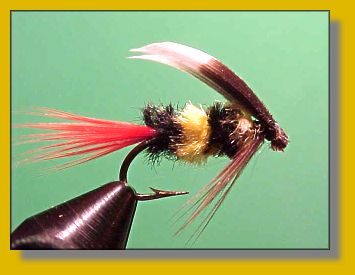 The McGinty By George E. Emanuel, N.J. USA
|
|
|
|
Tying Instructions: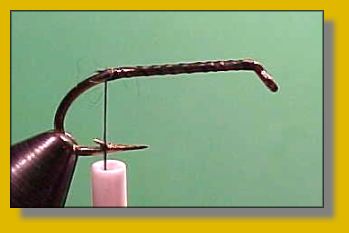
1. OK, pinch your barb if you want, sharpen your hook and put it
into your vice. Tie in and wrap to the rear with your thread, open
wraps are fine here.
2. Tie in a bunch of Red Hackle Barbules about the length of the hook shank.
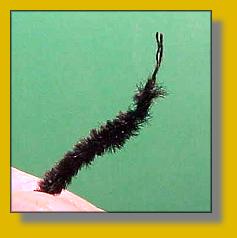 3. Prepare your chenille by stripping the fluff back about ¼" or so and tie in firmly at the rear of the hook shank. Black chenille first, then yellow.
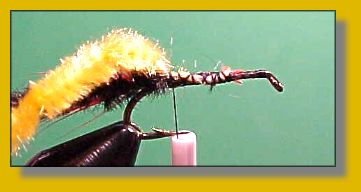 4. Bring the yellow chenille forward out of the way. We are going to wrap the black chenille over the yellow on this first wrap.
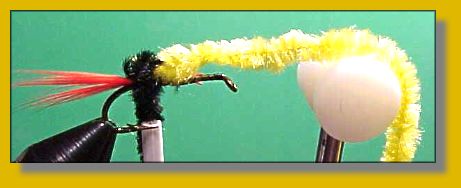 5. Wrap the black chenille once around the hook shank and take two turns of tying thread to secure it in place. (This may be a bit tricky at first, but hang in there, with practice it is really quite easy.)
 6. Now bring the black chenille forward out of the way. Take a wrap of yellow chenille over the black, and secure with two turns of thread.
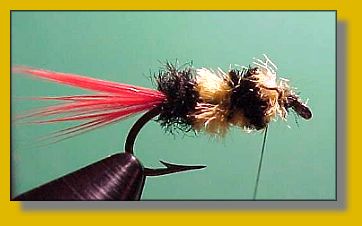 7. Bring the yellow forward; wrap the black as above one last time. Bring the black chenille forward and tie it off. Wrap one final yellow band and tie off the yellow chenille. 8. Next take a few Brown Hackle Barbules and tie them in for a throat as shown. (A rotary vice is great here as you can do this with the fly inverted).
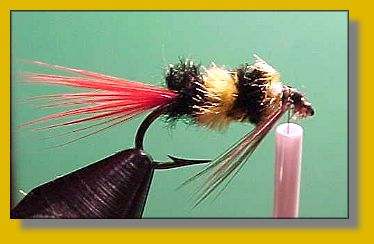 9. Take one slip from the right and left wing of a Mallard Drake with a white tip as shown and marry them together convex to convex side. 10. Tie in the Mallard slips as long as the bend and tie a neat head. 11. Whip finish and cement the head.

Comments:
|